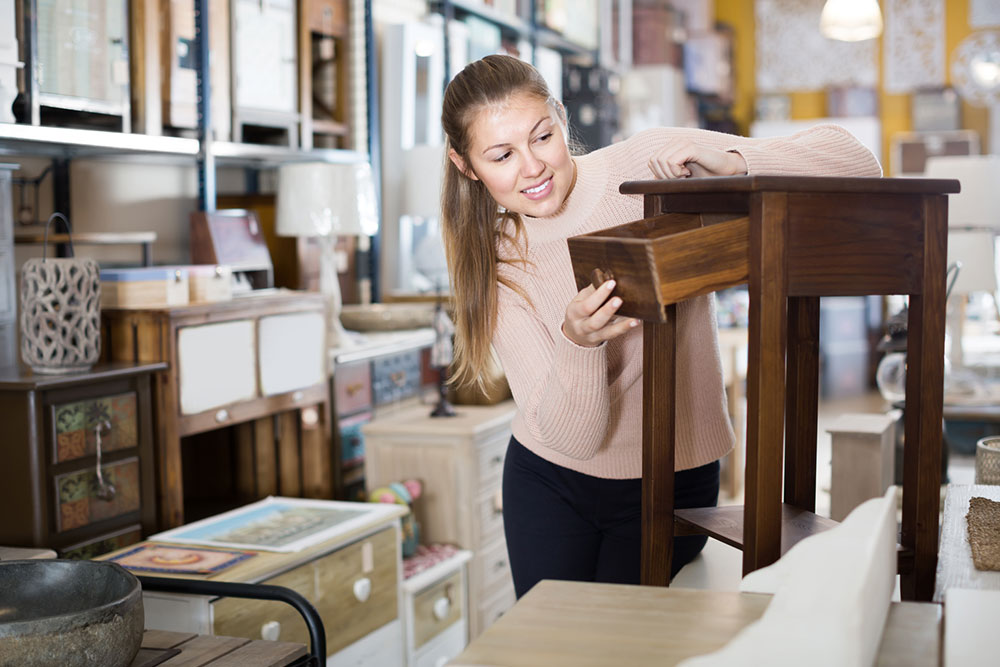7 common mistakes to avoid while buying furniture

Redecorating the home with new furniture is always exciting. It gives one the chance to redesign the space based on their current needs and preferences. Exciting as it is, this process may often also feel tedious. As a result, many people end up rushing the process, purchasing furniture pieces they regret in the future. Here is a list of seven common mistakes people make when buying furniture and how to avoid them.
Looking for the cheapest options
Many people look for the cheapest options when buying furniture. However, this could end up costing them more in the long run. While it may be an immediate money-saver, the furniture pieces may need to be replaced sooner. When buying furniture, consider the frequency of its use, along with its material and build quality to pick pieces that will last long.
Eyeballing measurements
One must always carefully measure the furniture being purchased. Additionally, it is important to measure the dimensions of the room it will be placed in and the size of the doorways and hallways. Eyeballing these measurements is a common mistake to avoid as it may mean the furniture cannot be brought into the room, or does not fit in its intended space, which may cause one to return the piece and/or lose their deposit.
Ignoring scale and space
In addition to the size of the piece, one must also consider the space around it. Big furniture pieces that look good in the store may end up blocking space around the home. To find a better estimate of how big a certain furniture piece may look inside the house, mark the size of the item in the room using masking tape.
For easy access in and around the room, leave at least 18 inches (45 cm) of space between the coffee table and the sofa, 32-36 inches (81-91 cm) between pieces of furniture, and 48 inches (121 cm) for chairs around the dining table. Working with this margin in mind will help one find furniture that can be moved and accessed comfortably.
Not considering one’s lifestyle
People often turn to lifestyle magazines and catalogs for style inspiration. While these may be a good place to start shortlisting, one needs to consider their lifestyle seriously when making decisions about furniture. It is important to find pieces that fit well with one’s needs.
For instance, those who are considering growing their family may want to opt for furniture pieces with rounded edges and softer corners, instead of sharp sides or glass tops. Similarly, for households with older people, it may be advisable to opt for firmer and higher chairs and beds for ease of movement.
Impulse buying
When shopping, it is easy to fall in love with a certain piece of furniture or an accessory. Most often, impulse purchases turn into costly mistakes. So, before finalizing the purchase, one must take a moment to consider how it would fit in with the rest of the room. Think about its style, colors, functionality, and size.
Buying too soon (or all at once)
As one plans a renovation, the goal is to get everything done as soon as possible. This sometimes means booking furniture pieces before the space is ready. However, this may prove costly, so one must wait until the room is ready. This will give one a better idea of the space, allowing one to find the right pieces for the room.
Additionally, one may feel tempted to buy all the furniture at once, which can lead to overspending. Take time to plan and develop a theme that fits well with one’s lifestyle and budget. Use this as inspiration when decorating the room to create a coherent space that aligns with one’s needs.
Opting for looks over comfort
While style guides can be useful when designing spaces, one must always prioritize comfort over trends. For instance, when coming back home after a long day of work or school, one is likely to want a bed or a sofa that is comfortable to fall into, and not just one that looks stylish. Similarly, it is important to build an ample closet and storage space, instead of relying on a few stylishly arranged racks.
Although time-consuming, buying furniture can be a fun process. Work with a budget, test the pieces when possible, and visualize the space to create a space that is pleasing to the eye and comfortable to live in.

